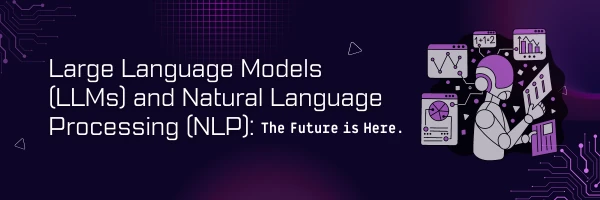Decades ago, the thought of human-like robots becoming deeply ingrained in our lives was reserved for science fiction. Today, that future has arrived as Artificial Intelligence (AI) has become mainstream in our everyday lives. To those who aren’t involved in the technology industry, it may seem like AI exploded overnight. Suddenly, AI is at the top of our search engines, on social media, and is used heavily by students writing essays. However, technologists know AI has been evolving for over half a century and this constant improvement has led to the convenient, innovative AI we use today.
Generative AI, such as OpenAI’s ChatGPT, exemplifies use of Large Language Models (LLMs). These models are designed to mimic human language and generate text and other media in a matter of seconds. This capability is made possible by deep learning techniques that allow the machine to analyze billions of pages of textual data inputs, including books, articles, and texts from the internet. LLMs are trained to detect sequential patterns in human languages and understand the relationships between words and phrases. This is why chatbots’ responses seem so natural, almost as if a person is talking.
LLMs are usually based on a transformer architecture, which is a “type of neural network architecture that transforms or changes an input sequence into an output sequence. They do this by learning the context and tracking relationships between sequence components,” according to Amazon Web Services. This allows LLMs to generate coherent and contextually appropriate text.
LLMs are self-supervised learners that use datasets that are not labeled by humans. This allows them to improve without needing explicit human instruction on each task. The model intakes information, and continuously trains itself.
To produce content that resembles human output, LLMs are paired with another technology called Natural Language Processing (NLP). NLP is a field of AI which enables computers to interpret human languages to foster useful interactions that feel natural. NLP is why AI, such as OpenAI’s ChatGPT, generates responses that feel less robotic and more human-like.
LLMs and NLP are used together in many popular AI tools. If you’ve visited a company website in any industry, chances are a chatbot or virtual assistant icon has popped up on your screen. This AI is available to answer your questions and direct you to the solutions you’re seeking. Other examples include voice-to-text applications, search engines, and machine translations that translate one language to another. Recently, search engines and social media sites have started using LLMs and NLP to summarize text pulled from various sources at the top of the page. However, the success and accuracy of search engine AI's use have been mixed. Google recently went viral after its AI summary provided incorrect and potentially harmful information. For some shocking examples of these errors, check out the article "Lessons from Google’s AI” by Proof News.
If the past year has shown us anything, it's that the adoption of AI is incredibly rapid, and it’s difficult to predict where the future of AI is headed. One sure thing is anything is possible. As AI continues to evolve, we can expect more innovative applications that will further integrate AI into our daily lives. From personalized education tools and advanced healthcare diagnostics to smarter cities and autonomous transportation, the potential applications are limitless. However, with this rapid advancement comes the need for ethical considerations and regulations to ensure AI is developed and used responsibly.
Ensuring transparency, fairness, and accountability in AI systems will be crucial in addressing concerns about bias, privacy, and security. As AI becomes more sophisticated, it will be essential to have ongoing discussions about the societal impacts and to involve diverse perspectives in shaping the future of AI.
In conclusion, while the path ahead is uncertain, one thing remains clear: AI, driven by LLMs and NLP, will continue to transform the world in profound ways. Embracing this technology with a balanced approach can lead to a future where AI enhances human capabilities and contributes to the betterment of society. The future is here, and it is brimming with possibilities.
,
